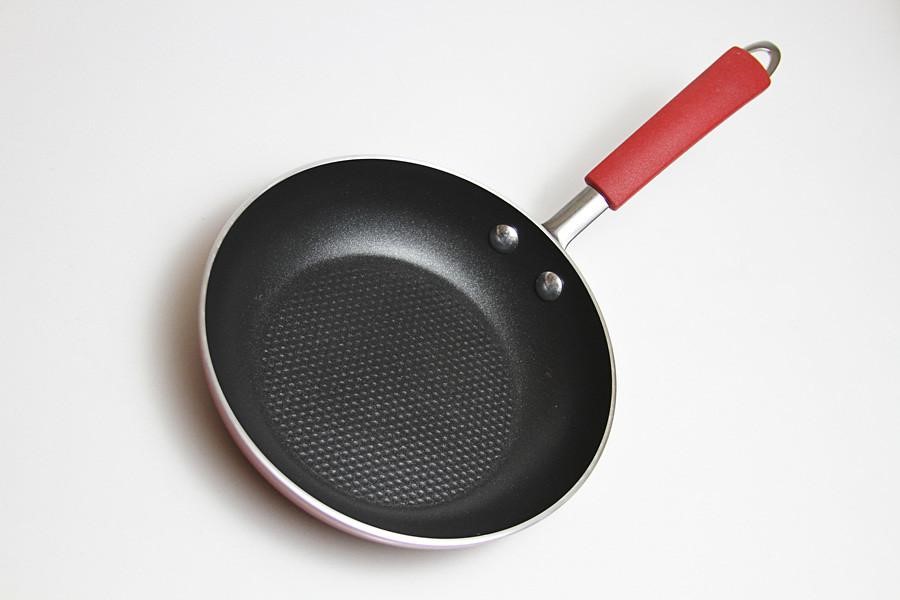Nonstick cookware and bake-ware are some of the most loved tools in the kitchen. There is just an enticing aspect of the ability to quickly fry your eggs without needing to add any extra greasing of butter or oil.
Though unfortunately many nonstick pan owners do not fully understand exactly how to properly treat their essential kitchen tools.
Dutiful maintenance and cleaning of your nonstick pan can extend its lifespan for years. Follow this guide for the ins and outs of proper nonstick pan cleaning.
How to Regularly Clean
1. Start with it cool
Though it might seem smart for a quick soak, you should avoid throwing your non-stick pan directly into a sink of water while it’s still hot. If you don’t let the pan cool completely before washing, it can cause permanent warping and damage.
After all, your pan is still made of metal and frequent change in temperature can cause it to lose its shape fast.
2. Scrub gently
Wash the pan with hot, soapy water using hand-washing dish detergent. Gently scrub stubborn food particles and grease with a washcloth, sponge, or nylon scrubber.
3. Rinse
Rinse the pan with water thoroughly to make sure that any and all soapy residue has been removed.
4. Season it
Similar to cast iron, nonstick pans can benefit from a little conditioning too. Rubbing a teaspoon to a half teaspoon of oil before and after using the cookware can help protect the surface.
5. Dry thoroughly
After the conditioning, dry your pan completely before storing it. If you are stacking it to air dry, it’s smart to layer a dry, clean washcloth or towel between it and other items to avoid scratching the surface.
6. Storage
When your pan is completely dry, it is recommended to store it by a hanging rack with plenty of space between other items. If your kitchen isn’t equipped with a hanging storage system, you can also store cookware in a cabinet. Similar to drying, be sure to layer a cloth or dish towel between it and other pans to protect the surface.
What to Avoid
The Dishwasher
Although hand washing can be a bit of an avoidable pain, you should avoid tossing your nonstick pan into the dishwasher at all costs. The harsh heat and conditions used by the machine to clean and sanitize dishes can be detrimental to the nonstick cookware surface.
Abrasive Materials
Cleaning tools made with abrasive materials such as steel wool and other scouring pads can permanently damage the coating of nonstick pans. You should stick to washcloths and non-abrasive sponges instead.
Harsh Cleaning Agents
Strong chemical products or abrasive cleaners can also be damaging to nonstick surfaces. Instead, you can try using a natural cleaner such as baking soda mixed with water or olive oil to remove stubborn burnt-on grease.
When you invest in a good nonstick pan, you expect it to be able to stand the test of time as an essential kitchen tool. Making the extra effort to really take care of your nonstick cookware and bake ware ensures many happy cooking days in your future.

